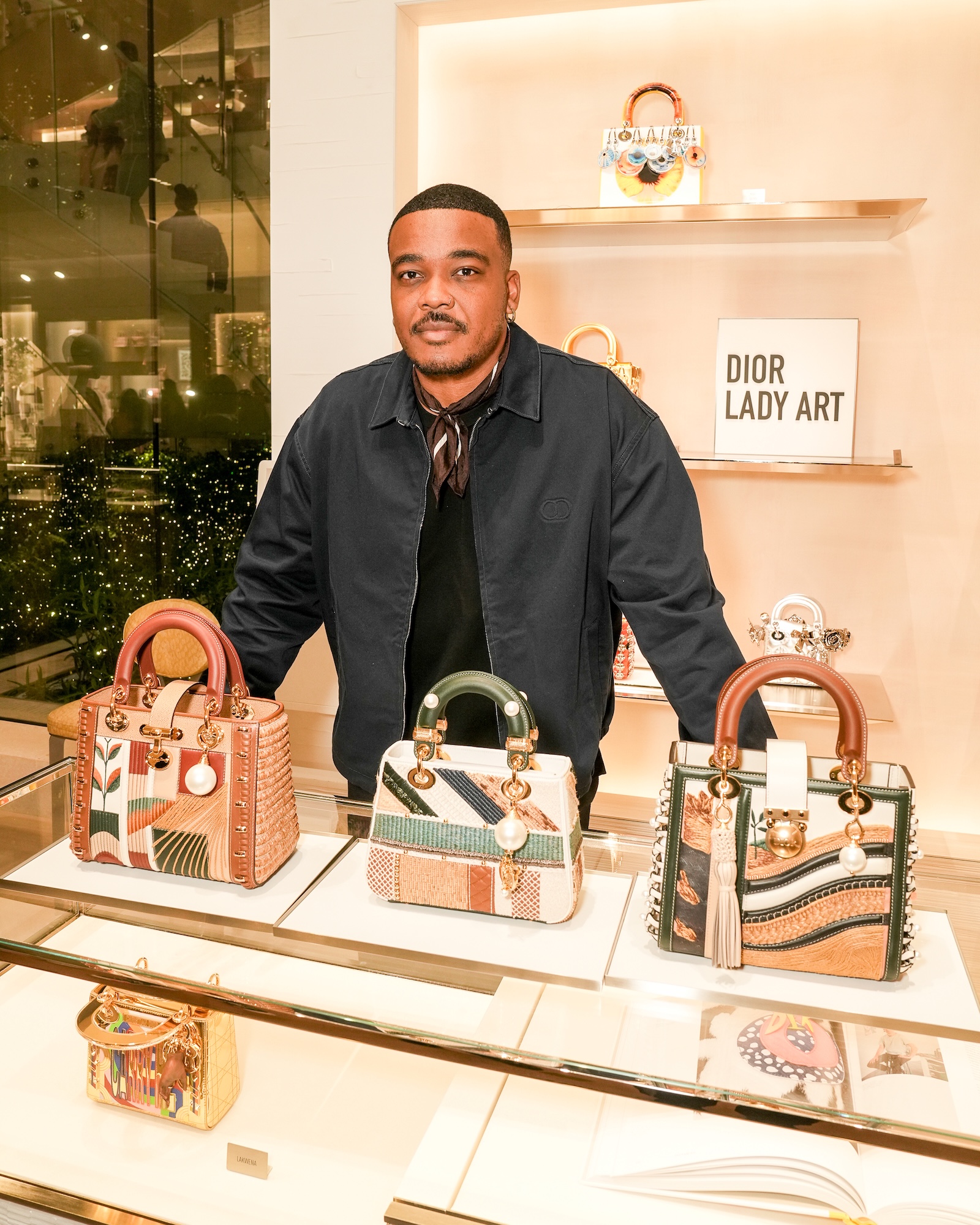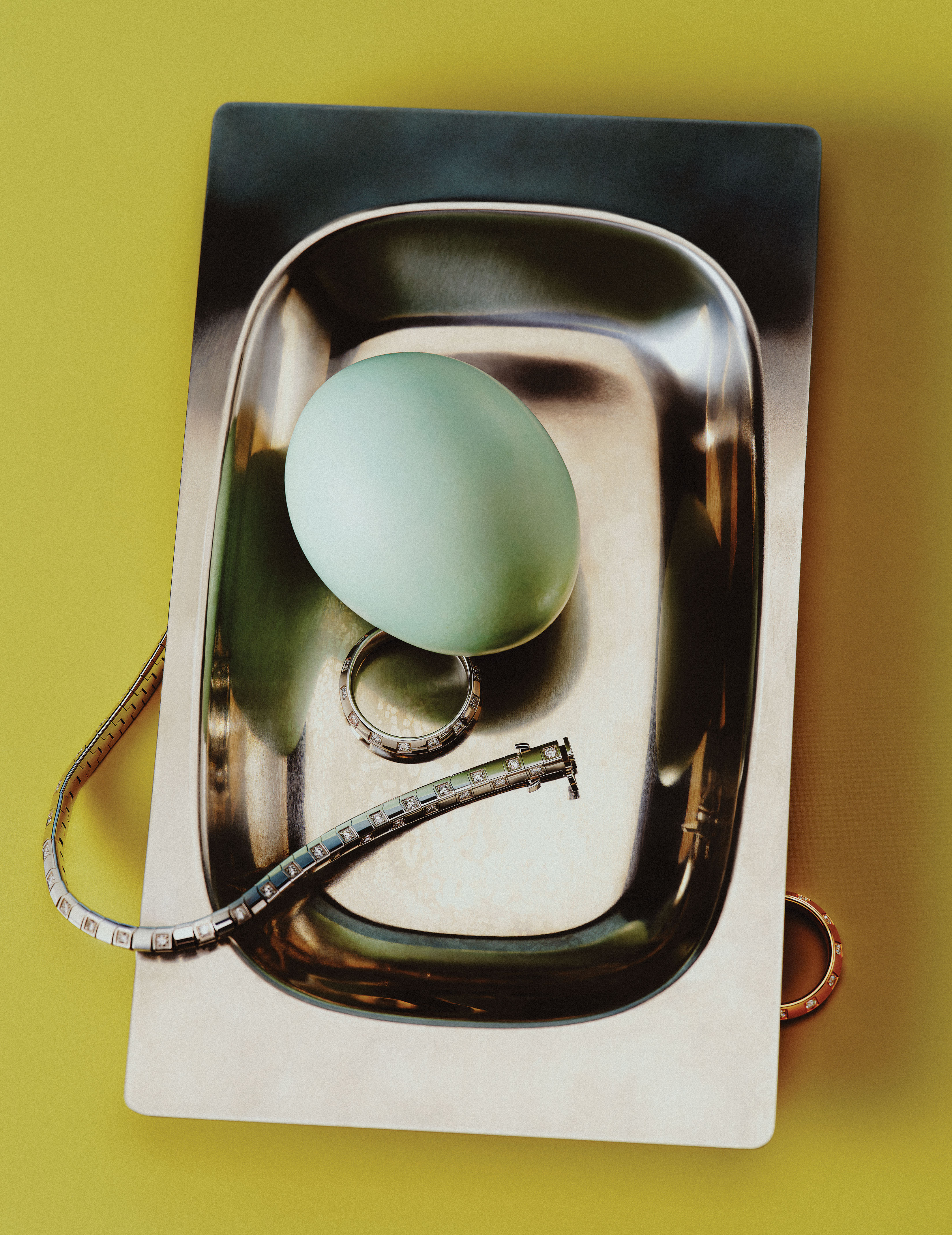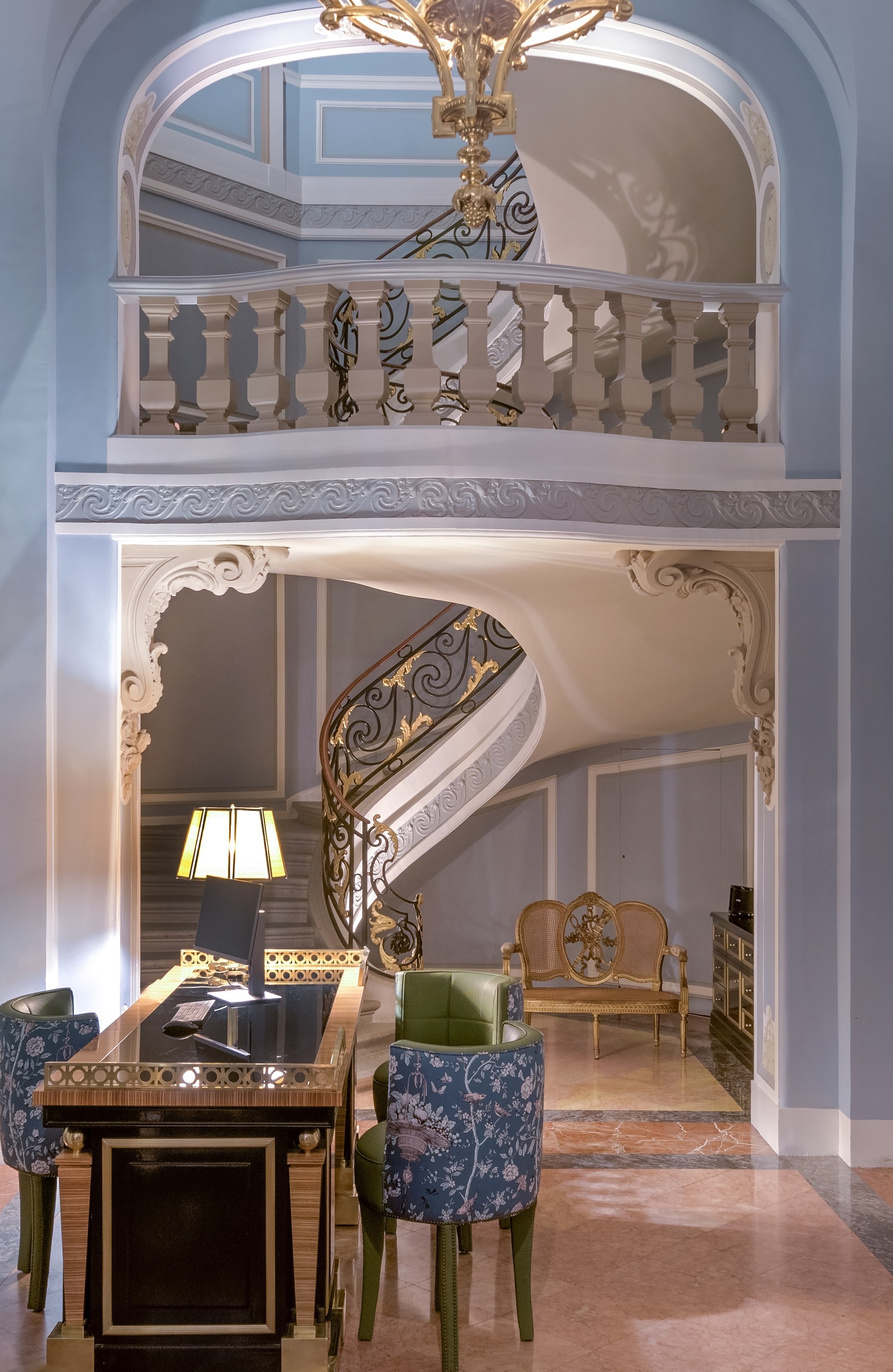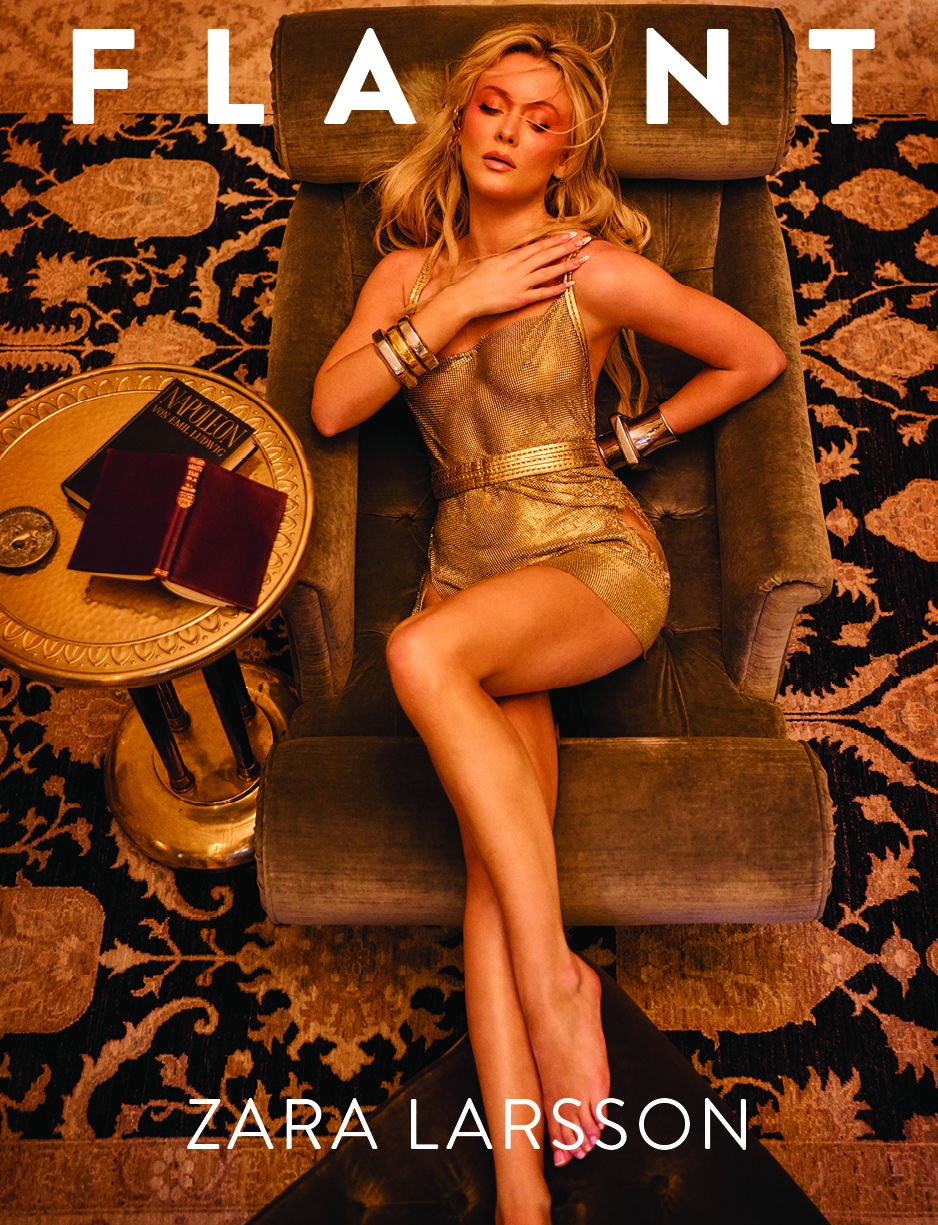

[](https://flaunt-mag.squarespace.com/config/pages/587fe9d4d2b857e5d49ca782#)[](https://flaunt-mag.squarespace.com/config/pages/587fe9d4d2b857e5d49ca782#)
Nicky Da B
The Mutant Rap Takeover Part 7
The video for Nicky Da B’s track, “express yourself,” has two significant characters: one is Diplo’s face, and the other is New Orleans. The gritty magic of the city is so well-lit—neon butts shaking against broken concrete walls, a humidity you can feel even through a computer screen—that it becomes a story, one that reveals the inextricable link between bounce and its geographical origins. Rap is filled with sub-categories based on
_place_
(Miami bass, Bay Area hyphy), but no genre is as poetically tied to a location as bounce is to New Orleans. The artistic and racial history of NoLa is dense, from the Mardi Gras Indian tribes to its cathartic jazz funerals, and all of it fostered the city’s ability to create and recreate. It makes sense, then, that bounce—according to writer Alison Fensterstock—was born in 1991, when MC T. Tucker and DJ Irv’s “Where Dey At” was re-recorded by DJ Jimi, and given a faster, pared-down beat. The reworking of a song into something more frenetic, something that incited corresponding dances, is a New Orleans-specific phenomenon. If it is a party-oriented city, then bounce is party-oriented music.
Some say that Nicky Da B is a purveyor of sissy bounce, which, depending on who you ask, is or isn’t a sub-genre of bounce. The players of sissy bounce, who appeared on the scene about a decade after “Where Dey At” did, are queer, trans, or gay men. Artists like Nicky Da B’s predecessors—such as Katey Red, Sissy Nobby, and Big Freedia—crossdress onstage and off, and spit the same raunchy, call-and-response rhymes as their heterosexual counterparts. That’s why the phrase “sissy bounce” is contentious: the sexuality of the performer aside, it’s not ontologically unique from bounce itself. Given its outsider-friendly birthplace, bounce is, naturally, an offshoot of American rap; that queer people are doing it too is simply indicative of the various and inclusive art forms New Orleans produces. It gets complicated when you remember that if “sissies” rap misogynistic-as-hell lyrics, the lines of what’s offensive are blurry. Girls like to dance to bounce, but they especially like to dance to the kind by Big Freedia and Nicky Da B, who’ve probably dealt with misogyny, too. Who’s dogging who, really?
When I phone Nicky Da B, I am nervous to discuss this. The topic feels exclusive and too rife with discourse—on sexuality, race, and New Orleans infrastructure—for me to broach it. But Nicky, candid and sweet, is eager to kill my hesitation. Lucky for me, bounce became less exclusive after Hurricane Katrina forced local creatives to relocate and subsequently utilize the city’s deeply embedded narrative of metamorphosis. “I always say, you can take people out of New Orleans, but you can’t take New Orleans out of people,” he explains. “We brought our city with us, exposed it to cultures that hadn’t seen it before.” And, having just returned from conducting a bounce-dance tutorial with one of his back-up dancers, Lady Business, it’s clear he’s willing to school the rest of us on bounce. Or sissy bounce?
He’s not comfortable with the term, a sentiment he shares with many queer bounce artists. “It’s crippling,” he says. “There are straight people in New Orleans who like bounce rap, too.” Then again, he’s not entirely comfortable with anything that would specifically categorize him: “I want to be considered an artist—not just a bounce artist. I am a gay male. I am _definitely_ gay. But I don’t want to be ‘sissy bounce.’ That puts me in a box.”
His creativity is virtuosic and his influences wide in scope, so this is justified. Nicky’s sound is peerless—while he’s willing to engage in call-and-response, his tracks are characterized by machine gun tongue rolls and nearly nonsensical jabbers. Gangsta rap is a reference point: “Besides bounce, I grew up on gangsta hip hop,” he says. “My mother was a Tupac fan. That type of music isn’t my style, but it shows when I rap.” He laughs when he admits, “Sometimes I’ll get in a mood and I’ll be like, ‘_Oh my god_, I just rapped. I’m not a gangster at all.’ I’m very _multi_. I take everything as an influence.
“I always wanted to be a bounce rapper,” he continues. “I studied it so well, that when I finally started rapping, I was different. There are at least 40 bounce rappers in the city, but when most of them come out, they tend to recreate what’s already been made. I took another route. Who can come up with—” he begins to rap in his own style—“‘Puffy naga naga,’ just tongue rolls and stuff like that?” He giggles, apparently surprised at his own skills. But when Nicky Da B raps, he sounds like an Uzi. It’s a dichotomy that could only have been bred in New Orleans, which births music that sounds like the accompanying environment: intense, colorful, and free—sissies or not.
 
[](https://flaunt-mag.squarespace.com/config/pages/587fe9d4d2b857e5d49ca782#)[](https://flaunt-mag.squarespace.com/config/pages/587fe9d4d2b857e5d49ca782#)
Nicky Da B
The Mutant Rap Takeover Part 7
The video for Nicky Da B’s track, “express yourself,” has two significant characters: one is Diplo’s face, and the other is New Orleans. The gritty magic of the city is so well-lit—neon butts shaking against broken concrete walls, a humidity you can feel even through a computer screen—that it becomes a story, one that reveals the inextricable link between bounce and its geographical origins. Rap is filled with sub-categories based on
_place_
(Miami bass, Bay Area hyphy), but no genre is as poetically tied to a location as bounce is to New Orleans. The artistic and racial history of NoLa is dense, from the Mardi Gras Indian tribes to its cathartic jazz funerals, and all of it fostered the city’s ability to create and recreate. It makes sense, then, that bounce—according to writer Alison Fensterstock—was born in 1991, when MC T. Tucker and DJ Irv’s “Where Dey At” was re-recorded by DJ Jimi, and given a faster, pared-down beat. The reworking of a song into something more frenetic, something that incited corresponding dances, is a New Orleans-specific phenomenon. If it is a party-oriented city, then bounce is party-oriented music.
Some say that Nicky Da B is a purveyor of sissy bounce, which, depending on who you ask, is or isn’t a sub-genre of bounce. The players of sissy bounce, who appeared on the scene about a decade after “Where Dey At” did, are queer, trans, or gay men. Artists like Nicky Da B’s predecessors—such as Katey Red, Sissy Nobby, and Big Freedia—crossdress onstage and off, and spit the same raunchy, call-and-response rhymes as their heterosexual counterparts. That’s why the phrase “sissy bounce” is contentious: the sexuality of the performer aside, it’s not ontologically unique from bounce itself. Given its outsider-friendly birthplace, bounce is, naturally, an offshoot of American rap; that queer people are doing it too is simply indicative of the various and inclusive art forms New Orleans produces. It gets complicated when you remember that if “sissies” rap misogynistic-as-hell lyrics, the lines of what’s offensive are blurry. Girls like to dance to bounce, but they especially like to dance to the kind by Big Freedia and Nicky Da B, who’ve probably dealt with misogyny, too. Who’s dogging who, really?
When I phone Nicky Da B, I am nervous to discuss this. The topic feels exclusive and too rife with discourse—on sexuality, race, and New Orleans infrastructure—for me to broach it. But Nicky, candid and sweet, is eager to kill my hesitation. Lucky for me, bounce became less exclusive after Hurricane Katrina forced local creatives to relocate and subsequently utilize the city’s deeply embedded narrative of metamorphosis. “I always say, you can take people out of New Orleans, but you can’t take New Orleans out of people,” he explains. “We brought our city with us, exposed it to cultures that hadn’t seen it before.” And, having just returned from conducting a bounce-dance tutorial with one of his back-up dancers, Lady Business, it’s clear he’s willing to school the rest of us on bounce. Or sissy bounce?
He’s not comfortable with the term, a sentiment he shares with many queer bounce artists. “It’s crippling,” he says. “There are straight people in New Orleans who like bounce rap, too.” Then again, he’s not entirely comfortable with anything that would specifically categorize him: “I want to be considered an artist—not just a bounce artist. I am a gay male. I am _definitely_ gay. But I don’t want to be ‘sissy bounce.’ That puts me in a box.”
His creativity is virtuosic and his influences wide in scope, so this is justified. Nicky’s sound is peerless—while he’s willing to engage in call-and-response, his tracks are characterized by machine gun tongue rolls and nearly nonsensical jabbers. Gangsta rap is a reference point: “Besides bounce, I grew up on gangsta hip hop,” he says. “My mother was a Tupac fan. That type of music isn’t my style, but it shows when I rap.” He laughs when he admits, “Sometimes I’ll get in a mood and I’ll be like, ‘_Oh my god_, I just rapped. I’m not a gangster at all.’ I’m very _multi_. I take everything as an influence.
“I always wanted to be a bounce rapper,” he continues. “I studied it so well, that when I finally started rapping, I was different. There are at least 40 bounce rappers in the city, but when most of them come out, they tend to recreate what’s already been made. I took another route. Who can come up with—” he begins to rap in his own style—“‘Puffy naga naga,’ just tongue rolls and stuff like that?” He giggles, apparently surprised at his own skills. But when Nicky Da B raps, he sounds like an Uzi. It’s a dichotomy that could only have been bred in New Orleans, which births music that sounds like the accompanying environment: intense, colorful, and free—sissies or not.

[](https://flaunt-mag.squarespace.com/config/pages/587fe9d4d2b857e5d49ca782#)[](https://flaunt-mag.squarespace.com/config/pages/587fe9d4d2b857e5d49ca782#)
Nicky Da B
The Mutant Rap Takeover Part 7
The video for Nicky Da B’s track, “express yourself,” has two significant characters: one is Diplo’s face, and the other is New Orleans. The gritty magic of the city is so well-lit—neon butts shaking against broken concrete walls, a humidity you can feel even through a computer screen—that it becomes a story, one that reveals the inextricable link between bounce and its geographical origins. Rap is filled with sub-categories based on
_place_
(Miami bass, Bay Area hyphy), but no genre is as poetically tied to a location as bounce is to New Orleans. The artistic and racial history of NoLa is dense, from the Mardi Gras Indian tribes to its cathartic jazz funerals, and all of it fostered the city’s ability to create and recreate. It makes sense, then, that bounce—according to writer Alison Fensterstock—was born in 1991, when MC T. Tucker and DJ Irv’s “Where Dey At” was re-recorded by DJ Jimi, and given a faster, pared-down beat. The reworking of a song into something more frenetic, something that incited corresponding dances, is a New Orleans-specific phenomenon. If it is a party-oriented city, then bounce is party-oriented music.
Some say that Nicky Da B is a purveyor of sissy bounce, which, depending on who you ask, is or isn’t a sub-genre of bounce. The players of sissy bounce, who appeared on the scene about a decade after “Where Dey At” did, are queer, trans, or gay men. Artists like Nicky Da B’s predecessors—such as Katey Red, Sissy Nobby, and Big Freedia—crossdress onstage and off, and spit the same raunchy, call-and-response rhymes as their heterosexual counterparts. That’s why the phrase “sissy bounce” is contentious: the sexuality of the performer aside, it’s not ontologically unique from bounce itself. Given its outsider-friendly birthplace, bounce is, naturally, an offshoot of American rap; that queer people are doing it too is simply indicative of the various and inclusive art forms New Orleans produces. It gets complicated when you remember that if “sissies” rap misogynistic-as-hell lyrics, the lines of what’s offensive are blurry. Girls like to dance to bounce, but they especially like to dance to the kind by Big Freedia and Nicky Da B, who’ve probably dealt with misogyny, too. Who’s dogging who, really?
When I phone Nicky Da B, I am nervous to discuss this. The topic feels exclusive and too rife with discourse—on sexuality, race, and New Orleans infrastructure—for me to broach it. But Nicky, candid and sweet, is eager to kill my hesitation. Lucky for me, bounce became less exclusive after Hurricane Katrina forced local creatives to relocate and subsequently utilize the city’s deeply embedded narrative of metamorphosis. “I always say, you can take people out of New Orleans, but you can’t take New Orleans out of people,” he explains. “We brought our city with us, exposed it to cultures that hadn’t seen it before.” And, having just returned from conducting a bounce-dance tutorial with one of his back-up dancers, Lady Business, it’s clear he’s willing to school the rest of us on bounce. Or sissy bounce?
He’s not comfortable with the term, a sentiment he shares with many queer bounce artists. “It’s crippling,” he says. “There are straight people in New Orleans who like bounce rap, too.” Then again, he’s not entirely comfortable with anything that would specifically categorize him: “I want to be considered an artist—not just a bounce artist. I am a gay male. I am _definitely_ gay. But I don’t want to be ‘sissy bounce.’ That puts me in a box.”
His creativity is virtuosic and his influences wide in scope, so this is justified. Nicky’s sound is peerless—while he’s willing to engage in call-and-response, his tracks are characterized by machine gun tongue rolls and nearly nonsensical jabbers. Gangsta rap is a reference point: “Besides bounce, I grew up on gangsta hip hop,” he says. “My mother was a Tupac fan. That type of music isn’t my style, but it shows when I rap.” He laughs when he admits, “Sometimes I’ll get in a mood and I’ll be like, ‘_Oh my god_, I just rapped. I’m not a gangster at all.’ I’m very _multi_. I take everything as an influence.
“I always wanted to be a bounce rapper,” he continues. “I studied it so well, that when I finally started rapping, I was different. There are at least 40 bounce rappers in the city, but when most of them come out, they tend to recreate what’s already been made. I took another route. Who can come up with—” he begins to rap in his own style—“‘Puffy naga naga,’ just tongue rolls and stuff like that?” He giggles, apparently surprised at his own skills. But when Nicky Da B raps, he sounds like an Uzi. It’s a dichotomy that could only have been bred in New Orleans, which births music that sounds like the accompanying environment: intense, colorful, and free—sissies or not.
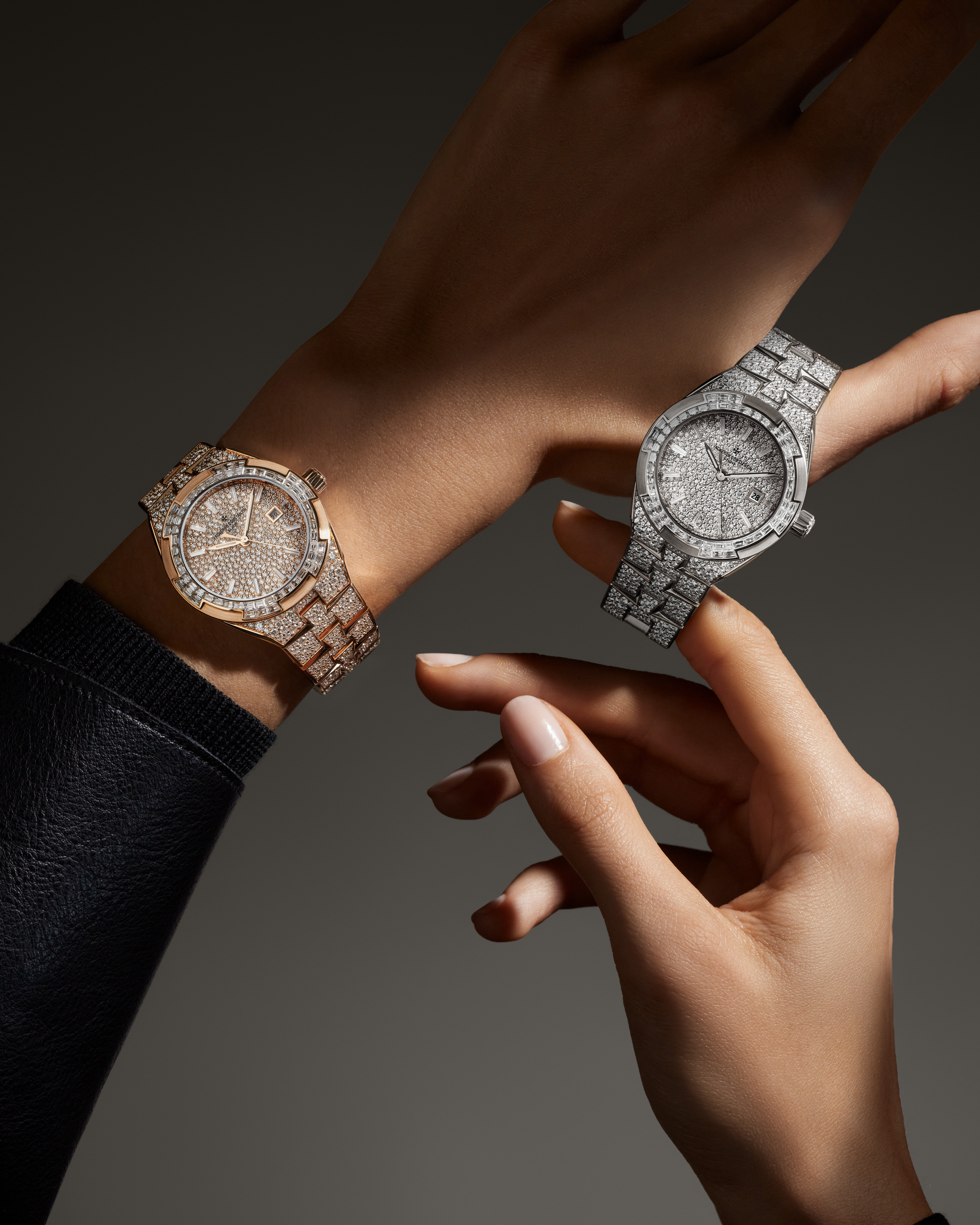
.JPG)
.jpg)
